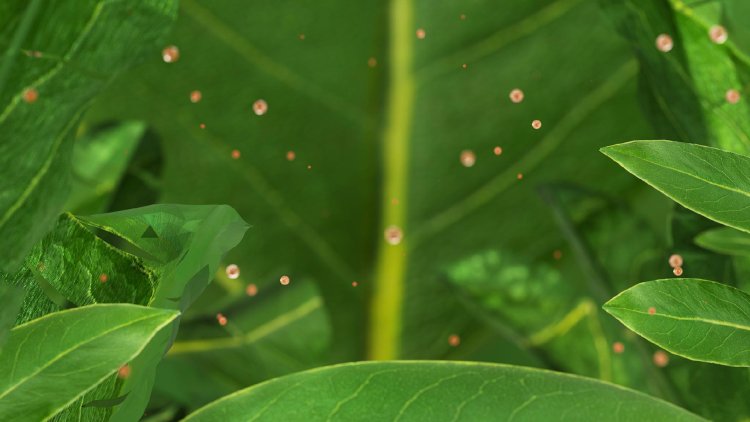Airborne Microplastics Can Be Absorbed and Accumulated by Plant Leaves
A study led by Chinese scientists has revealed that plant leaves can absorb and accumulate airborne microplastics, exposing a direct route for these pollutants to enter the food chain and ultimately human bodies. The research, published online...

The research, published online on Wednesday in the journal Nature, involved a collaborative effort from researchers at Nankai University’s College of Environmental Science and Engineering, the University of Massachusetts Amherst, the Chinese Academy of Sciences’ Research Center for Eco-Environmental Sciences, Northeastern University, and the Beijing Academy of Agriculture and Forestry Sciences.
While earlier studies indicated that soil microplastics could be taken up by plant roots with limited upward movement, this new research underscores airborne microplastics as a more immediate ecological concern.
Using mass spectrometry analysis, the team detected the widespread presence of polyethylene terephthalate (PET) and polystyrene (PS) polymers in plant leaves across various environments. Findings showed that the levels of PET and PS concentrations were higher in areas with greater atmospheric pollution and in leaves that had grown for a longer duration.
"We identified PET and PS in tree and shrub leaves near polyester factories and landfills, as well as in open-field leafy vegetables," noted Li Ye, the first author and a PhD candidate at Nankai University in Tianjin Municipality. Advanced imaging techniques also uncovered absorbed microplastic particles in leaves from contaminated areas.
Laboratory simulations confirmed that corn leaves can absorb microplastics through stomata, which transport these particles to vascular tissues and accumulate them in leaf trichomes.
"Global attention is intensifying on micro and nano plastic pollution, with their toxic effects on organisms increasingly documented," remarked Wang Lei, a professor at Nankai University’s College of Environmental Science and Engineering, and a co-corresponding author of the study.
Understanding the environmental behavior of microplastics is essential for regulating these emerging contaminants. Since plants are foundational to food chains, microplastics that accumulate in leaves can directly enter these ecosystems, Wang explained.
The ecological and health risks associated with this pathway necessitate urgent, in-depth investigation, Wang concluded.
Olivia Brown for TROIB News
Discover more Science and Technology news updates in TROIB Sci-Tech












